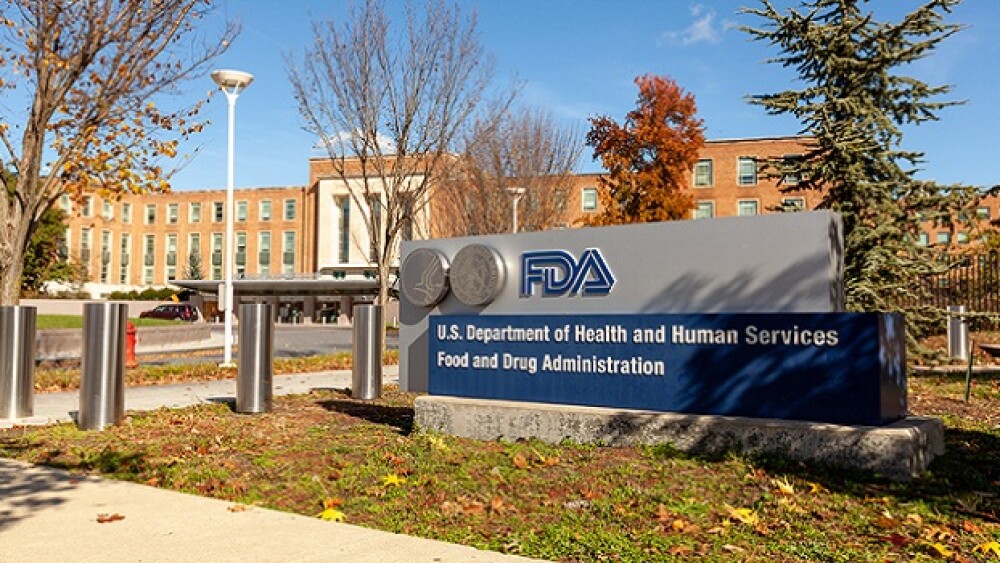Recently, Milton Packer, a renowned cardiologist at Baylor Scott & White Health, wrote a criticism of the Orphan Drug Act and the resulting problems caused by the biopharma industry. John LaMattina, formerly president of Pfizer Global Research and Development and a current senior partner at PureTech Ventures, responded to the editorial in Forbes. Let’s take a look.
Recently, Milton Packer, a renowned cardiologist at Baylor Scott & White Health, wrote a criticism of the Orphan Drug Act and the resulting problems caused by the biopharma industry. John LaMattina, formerly president of Pfizer Global Research and Development and a current senior partner at PureTech Ventures, responded to the editorial in Forbes. Let’s take a look.
The Orphan Drug Act of 1983 was created to encourage pharmaceutical companies to develop drugs for so-called rare or ultra-rare diseases. The National Institutes of Health (NIH) defines rare diseases as afflicting fewer than 200,000 individuals. Generally speaking, it has worked. More companies are willing to invest the millions of dollars needed to develop a drug that has a very small market. The Orphan Drug Act largely made this possible by cutting taxes and changing a few of the regulatory hurdles on clinical trial size.
Packer made three broad criticisms. First, he stated, “the FDA is less fussy about the kind of data that it requires for approval for a new drug for a ‘rare’ disease…. In contrast, the FDA will approve new drugs for rare diseases based on short-term changes in a biomarker in only a handful of patients. As a bonus, the regulatory application for a rare disease comes with valuable fee exemptions.”
LaMattina responds to this point by bringing up Sarepta Therapeutics’ Exondys 51 for Duchenne muscular dystrophy (DMD), which underwent a lengthy, controversial and dramatic approval process by the U.S. Food and Drug Administration (FDA) in 2016. Hopefully, the Exondys 51 confirmation was an FDA outlier, given that the drug was approved with the requirement of a multi-year follow-up clinical trial. Nonetheless, LaMattina says, “What is true is that the FDA can more easily monitor the performance of a rare disease drug once it is approved especially when less than 1,000 patients will be prescribed it. Thus, the FDA might view the risk/benefits of a rare disease drug differently from a drug likely to be prescribed to tens of thousands of patients immediately after launch.”
Packer’s second point is that “pharmaceutical companies have found that they can charge exorbitant prices for drugs that target a rare disease.”
Hard to argue this point, although it’s also largely the point of the Orphan Drug Act. If a company is going to invest millions in developing a drug, how do they recoup the costs if there are fewer than 200,000 patients?
LaMattina’s response is to describe a recent approval of Ultragenyx’s Crysvita, for X-linked hypophosphatemia. The price is $160,000 per year for children and $200,000 for adults. What is often the case is insurers find the high costs of the drugs to be less expensive than paying for the long-term care, patient visits and hospitalizations often associated with these diseases. LaMattina quotes Steve Miller, Express Scripts Inc.’ chief medical officer and critic of drug pricing, as saying, “It’s not inexpensive, but I do believe that the right word is responsible.”
Packer’s third point seems to be that this has led to companies acting only on greed, rather than some sort of corporate benevolence, saying, “if a company decides to develop a new drug for a rare disease, the costs of development will be comparatively low, the return on investment can be enormous, and the sponsor will have marketing exclusivity for many years.”
LaMattina writes, “Certainly Dr. Packer must be aware that all drugs, be they for rare diseases or for what Dr. Packer calls ‘common diseases,’ get the same length of patent exclusivity. Furthermore, there can be tremendous competition in rare disease R&D leading to the potential for multiple entrances to treat specific rare diseases—competition that also can drive down prices.”
Somewhat undercutting the entire topic is how our increasing knowledge of how individuals respond to specific drugs, or more granular our knowledge is about specific diseases, is leading to more and more focused treatments. In essence, every disease, when viewed through a lens of “personalized medicine,” becomes a “rare” disease.
Cancer, in particular, is a good example of this trend. As an example, in April, the FDA approved AstraZeneca’s Tagrisso (osimertinib) for the first-line treatment of patients with metastatic non-small cell lung cancer (NSCLC) in tumors with epidermal growth factor receptor (EGFR) mutations. The mutations are exon 19 deletions or exon 21 L858R mutations, and will be detected by an FDA-approved test.
Lung cancer is not particularly rare. In the U.S. it is the second most common cancer. About 14 percent of all new cancers are lung cancers. According to the American Cancer Society, there are about 234,030 new cases of lung cancer in the U.S. this year, and about 154,050 deaths from lung cancer. NSCLC accounts for 80 to 85 percent of all lung cancer diagnoses. Mutations of the EGFR gene are seen in about 50 percent of NSCLC patients (at least in Asia). The two most common EGFR gene mutations are exon 19 and exon 21. In other words, a drug was approved (it is approved for other indications as well) not for “lung cancer,” but a specific subpopulation of lung cancer patients.
Nonetheless, even if the trend for “normal” diseases is toward treatment of smaller and smaller populations, while trying to get drugs approved for as many indications as possible, the Orphan Drug Act seems to have done a reasonable job of convincing biopharma companies, which after all are in the business of making a profit, of placing some of their resources into developing and commercializing therapies for rare diseases.





